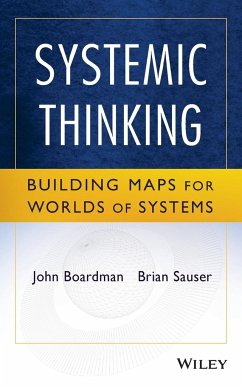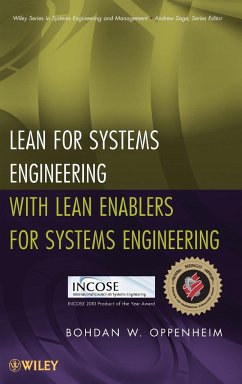
Quantitative Assessments of Distributed Systems
Methodologies and Techniques
Herausgeber: Bruneo, Dario; Distefano, Salvatore
Versandkostenfrei!
Versandfertig in über 4 Wochen
199,99 €
inkl. MwSt.
Weitere Ausgaben:

PAYBACK Punkte
100 °P sammeln!
"Distributed systems employed in critical infrastructures must fulfill dependability, timeliness, and performance specifications. Since these systems most often operate in an unpredictable environment, their design and maintenance require quantitative evaluation of deterministic and probabilistic timed models. This need gave birth to an abundant literature devoted to formal modeling languages combined with analytical and simulative solution techniques The aim of the book is to provide an overview of techniques and methodologies dealing with such specific issues in the context of distributed sy...
"Distributed systems employed in critical infrastructures must fulfill dependability, timeliness, and performance specifications. Since these systems most often operate in an unpredictable environment, their design and maintenance require quantitative evaluation of deterministic and probabilistic timed models. This need gave birth to an abundant literature devoted to formal modeling languages combined with analytical and simulative solution techniques The aim of the book is to provide an overview of techniques and methodologies dealing with such specific issues in the context of distributed systems and covering aspects such as performance evaluation, reliability/availability, energy efficiency, scalability, and sustainability. Specifically, techniques for checking and verifying if and how a distributed system satisfies the requirements, as well as how to properly evaluate non-functional aspects, or how to optimize the overall behavior of the system, are all discussed in the book. The scope has been selected to provide a thorough coverage on issues, models. and techniques relating to validation, evaluation and optimization of distributed systems. The key objective of this book is to help to bridge the gaps between modeling theory and the practice in distributed systems through specific examples. "--













